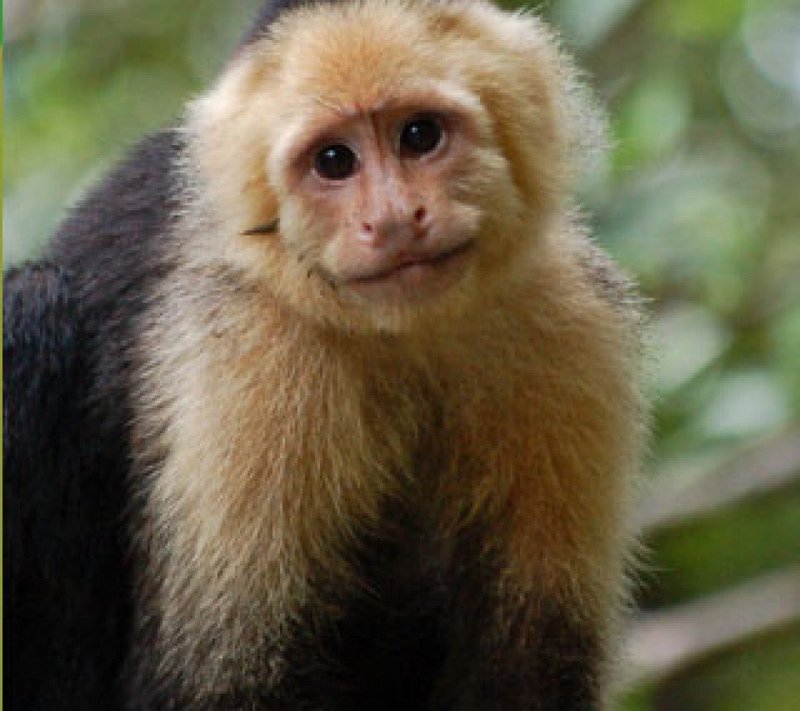
You might think of capuchin monkeys as just fun, cute animals, but they actually hold deeper meanings in folklore and cultural representations. Just like how a good book can mirror our society, these monkeys reflect our values, fears, and history. Let’s dig into some of the ways capuchins have been woven into the fabric of human culture, from ancient myths to modern-day stories.
The Capuchin Monkey in Ancient Myths
In many ancient cultures, animals often symbolize specific traits or lessons. For instance, in some South American myths, the capuchin monkey is seen as a trickster. You might be wondering, why a trickster? Well, like those mischievous creatures, capuchins are known for their cleverness. They often outsmart larger animals or humans, which can be a metaphor for intelligence overcoming brute force.
These themes resonate in various indigenous stories where capuchins are seen as bringers of knowledge or change. They often play pivotal roles in teachings about respect for nature and the cleverness needed to navigate life’s challenges. It’s like they remind us that being smart is sometimes more important than being strong.
Examples of Capuchin Symbolism
Many folktales featuring capuchin monkeys teach important life lessons. In one tale, a capuchin helps a lost traveler find their way home, illustrating the value of guidance and friendship. In another, a capuchin manages to outsmart a powerful jaguar, showcasing the significance of wit and strategy. These stories serve as entertaining fables while carrying deeper meaning that resonates with both young and old.
Capuchins in Popular Culture
Fast forward to today, and capuchin monkeys have made quite the mark in popular culture. You’ve probably seen them in movies or TV shows. One of the most notable appearances was in the film *Night at the Museum*, where a capuchin named Dexter stole the show with his playful antics. This portrayal plays on their natural charm and mischievous behavior, making them endearing to audiences.
Their presence in pop culture often highlights their intelligence and social nature. For instance, in the cartoon world, you might find capuchins portrayed as savvy and resourceful characters who know how to solve problems, much like your favorite clever sidekick. This not only entertains but also reinforces the idea of community and teamwork.
Capuchins in Literature and Folklore
In literature, capuchins often serve as symbols of curiosity and adventure. Books aimed at younger audiences frequently depict capuchins embarking on thrilling escapades, teaching readers about bravery and friendship along the way. They’re like little guides through the unknown, encouraging exploration and discovery.
Many stories also emphasize the capuchin’s role in helping others. Whether it’s saving a friend or uncovering a treasure, their adventures often highlight the importance of teamwork and loyalty.
Capuchin Monkeys and Spiritual Beliefs
In various spiritual beliefs, capuchin monkeys are sometimes associated with certain gods or spirits. For some cultures, they symbolize fertility, playfulness, and even protection. Imagine a deity representing growth and life—capuchins fit that mold perfectly with their vibrant energy and social structures.
These beliefs can be found in rituals or festivals where the capuchins are celebrated. They remind us of the interconnectedness of life and the importance of respecting nature. Seeing them in this light allows for a deeper appreciation of these creatures beyond their playful antics.
Rituals and Celebrations
In some South American cultures, rituals involving capuchins are used to invoke good fortune or protection. During certain festivals, you might see capuchin-themed decorations or dances that celebrate their spirit. It’s a fascinating blend of joy and reverence, showcasing how closely intertwined these monkeys are with human life.
These rituals not only honor the capuchins but also foster community bonding, reminding participants of the lessons and values that these animals represent.
Conservation and Awareness Through Culture
With capuchins becoming more popular in culture, there’s a growing awareness about their conservation needs. As these monkeys are portrayed in a variety of media, it brings attention to their plight in the wild. Sadly, habitat loss and poaching threaten their survival, so their representation in culture can help spark important conversations about conservation.
By incorporating capuchins into stories, movies, and educational content, creators can raise awareness about the need to protect these creatures and their environment. It’s like shining a light on an issue that deserves attention, encouraging audiences to take action and make a difference.
Community Efforts
Many organizations focus on promoting the conservation of capuchin monkeys. They often use cultural references to engage the public, demonstrating how capuchins are not just cute characters but vital parts of our ecosystem. Efforts such as community education programs, eco-tourism, and conservation projects highlight the importance of protecting these fascinating creatures for future generations.
The capuchin monkey’s representation in culture and folklore captures our imagination and conveys important messages about cleverness, community, and respect for nature. From ancient myths to pop culture, these playful primates remind us of our shared connection to the natural world. They teach us that, just like in life, being smart and resourceful can help us overcome obstacles and achieve our goals.
So, next time you see a capuchin monkey swinging through the trees or on your screen, remember they’re more than just cute antics. They carry rich stories, life lessons, and a reminder of how intertwined our lives truly are with nature. Let’s keep that connection alive and work to protect these incredible animals for the future.

